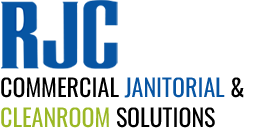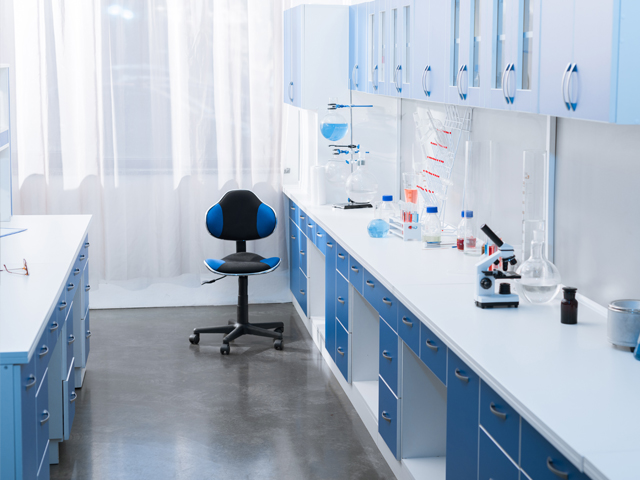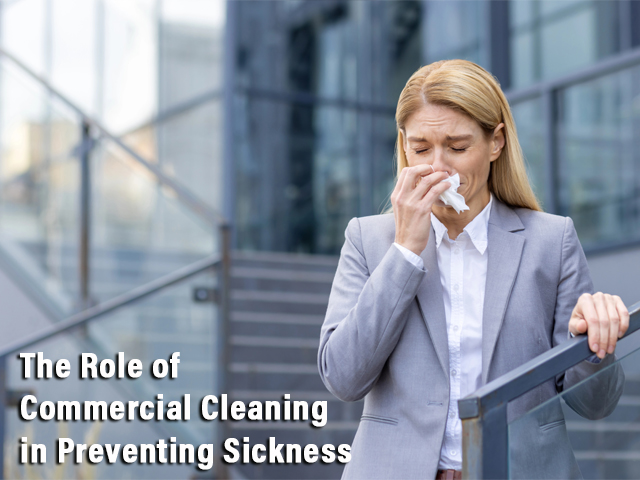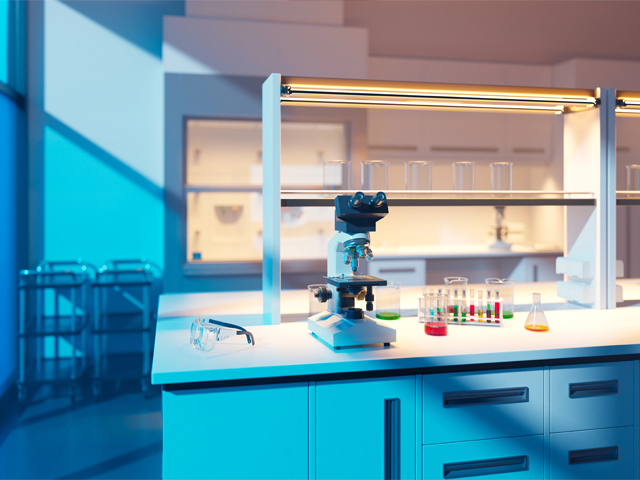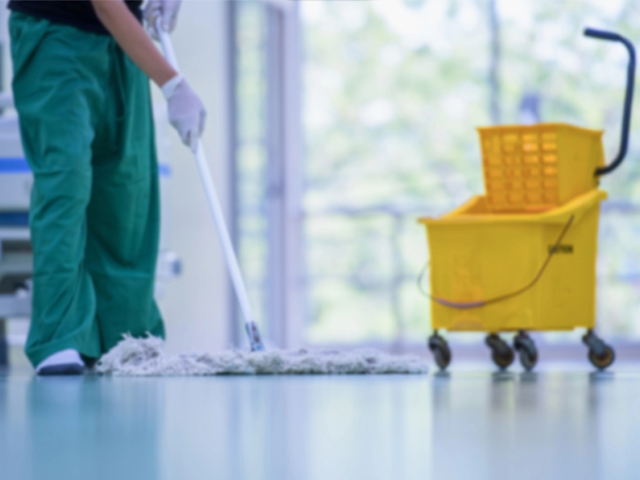Cleanrooms provide controlled spaces for environmentally sensitive processes in manufacturing, research and development, and medicine. Air filters, washable surfaces, personnel gowning, and special cleaning procedures and materials are supposed to prevent contamination inside the classified area. But what happens when not everyone – or everything – is on board with the necessary standards? Here are 3 sneaky threats to cleaning your cleanroom, and what you can do about them.
1. People
People can be a threat to your cleanroom either by carrying contaminants in with them, or failing to remove them properly. Gowning procedures that are unclear or not regularly followed can introduce dirt, dust, and particles to your cleanroom. Improper cleaning methods – not to mention the wrong cleaning products – can fail to remove contaminants, spread them around, or even introduce them.
Unfortunately, simply training everyone with access to your cleanroom on proper procedures may not be enough. Personnel, and any maintenance staff, should be regularly observed for compliance to mandated procedures. Be sure that gowning components are easily accessible in the proper order to prevent contamination while donning them. Procedures for storing and accessing cleaning supplies should be clear and feasible.
Bonus tip: one of the most common errors while cleaning or disinfecting a cleanroom is using disinfectant wipes like a regular cleaning cloth – in a circular wiping or scrubbing motion. This spreads contaminants on a surface, rather than lifting them. Instead, disinfectant wipes and mops should always move in straight lines, pulled down or towards the person cleaning.
2. Maintenance procedures
Cleanroom manufacturing, research and development, and other cleanroom activities require the use of machines and other equipment with moving parts. Unfortunately, the maintenance required on this equipment can threaten the cleanliness of the environment for which they are designed. Taking anything apart can create dust in the air, and using lubricants for moving parts risks both airborne and surface contamination.
To minimize these risks, any personnel conducting maintenance on the machines should be fully briefed on cleanroom standards, and the specific risks to the environment from their necessary activities. Shielding around equipment, and precautions such as multiple layers of gloves (which can be removed and disposed of under the shielding), can help to keep the spread of contaminants from maintenance procedures to a minimum.
3. Overlooked cleaning areas
Even well-trained personnel can’t clean areas that they don’t know need to be cleaned. Checklists and regular cleaning routines can help to minimize overlooked areas. Don’t forget to think about tools and lab equipment. Anything that comes into contact with personnel or materials could potentially deposit a contaminant. Even surfaces that don’t come into regular contact with anything can harbor contaminants that could be inadvertently released into the air. Look over your current cleaning checklist while standing in your cleanroom to see if there are any surfaces or pieces of equipment being overlooked.
Need some help with Cleanroom Cleaning?
These common sense steps can help you to minimize the risk of contaminants from sneaky threats to your cleanroom. If you feel like you need help with the job, contact us about our cleanroom cleaning services. Our cleaning technicians are fully trained in specialized cleanroom methods. With RJC on the job, you can be confident that cleaning is no threat to your cleanroom!

